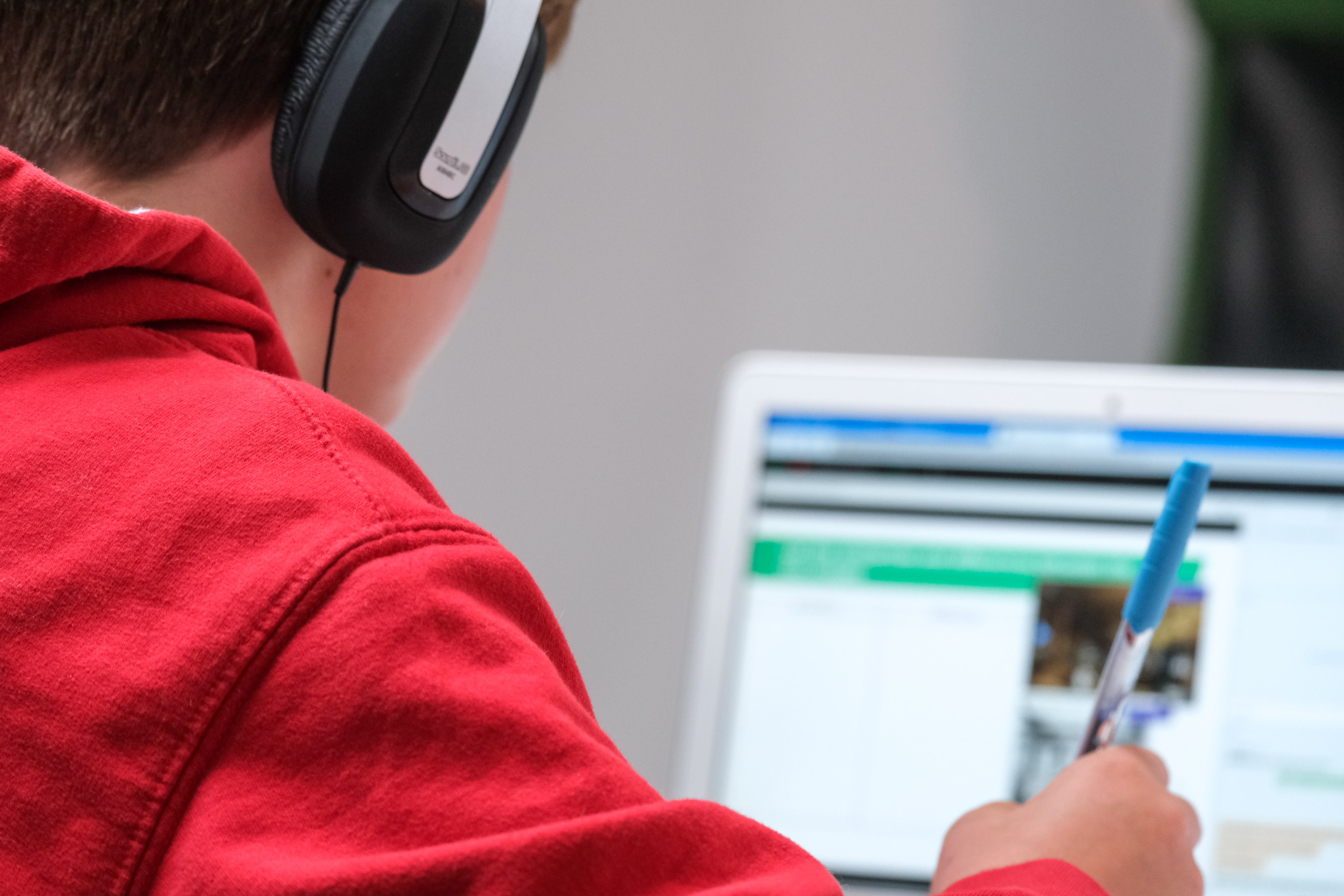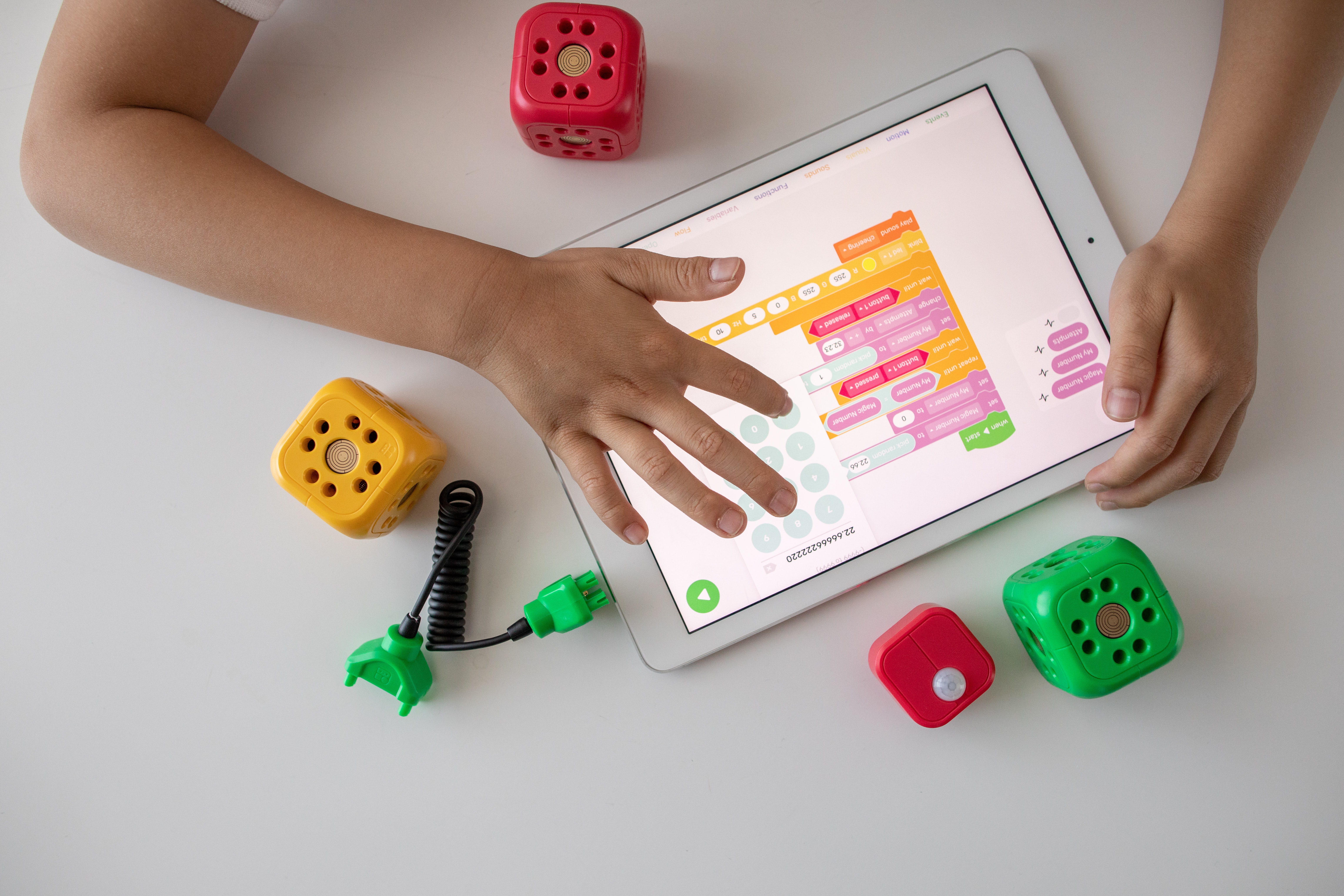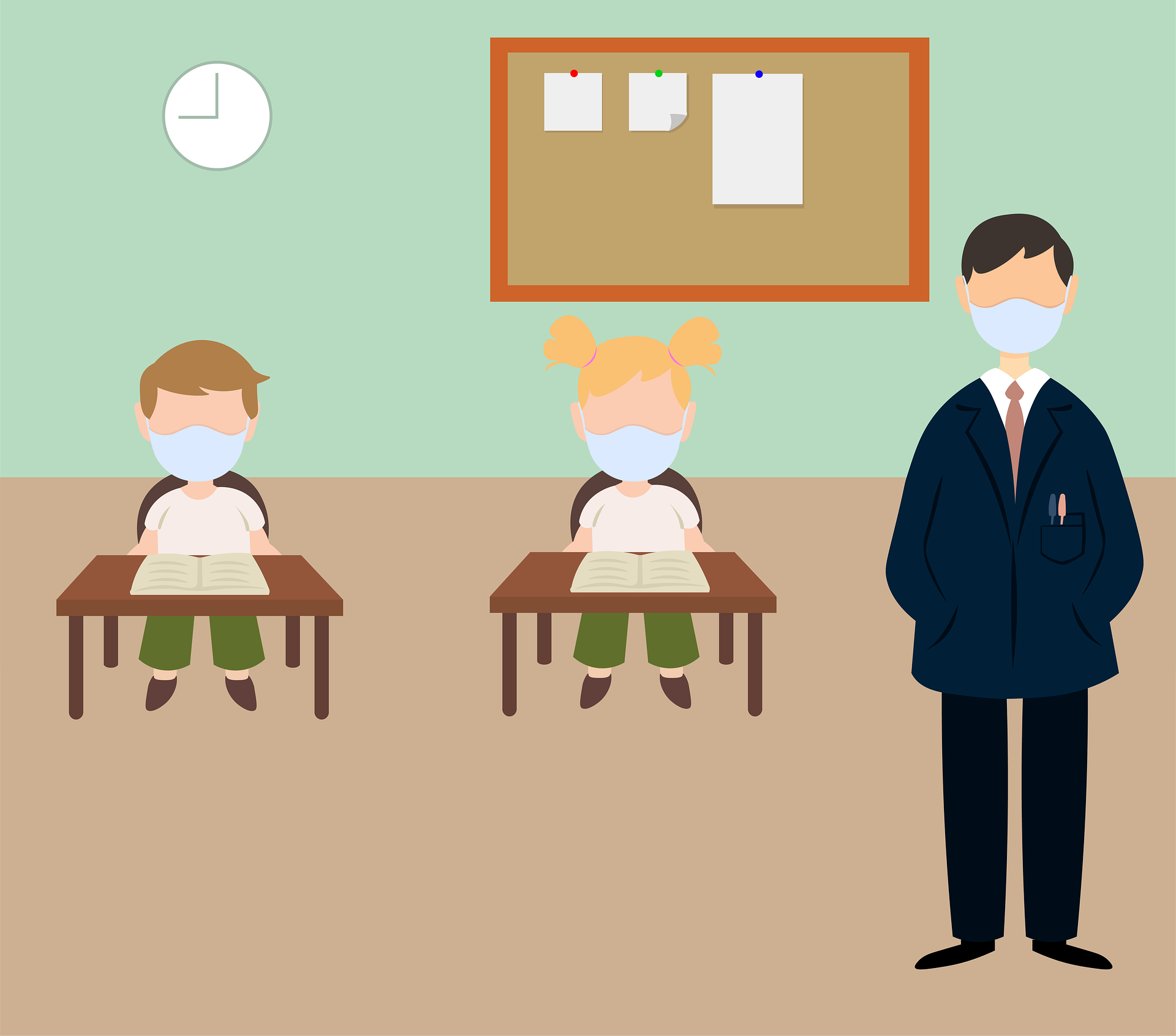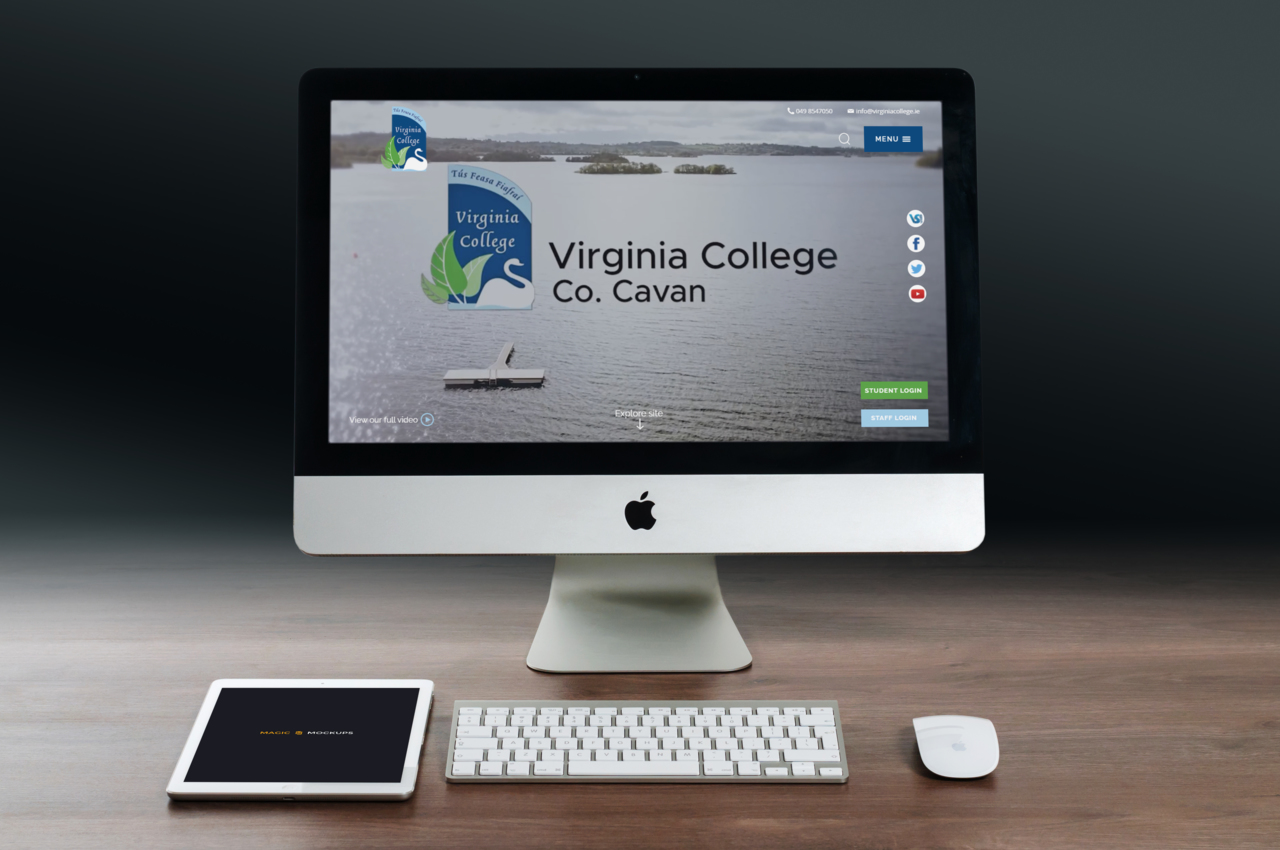The pace of change in how teaching and learning is delivered is increasing exponentially. It has been argued that since public education began, many things have stayed the same. When I was at school, I was taught subjects in discrete silos. The method of delivery was mainly ‘talk-and-chalk’ interspersed with a little ‘practical’ tuition in some science subjects.
This methodology persisted into the 21st Century and indeed my own children were educated in a similar way.
With the advancement of technology things are changing. The Personal Computer began appearing in classrooms and the ‘basic skills’ of reading, writing and arithmetic have extended to include digital skills. Some would argue that this is not just a ‘basic’ skill but an ‘essential’ one.

Most young people have great familiarity with digital in that they engage in their daily lives with technology. Mobile ‘smart’ phones and games consoles have brought technology into their lives in a way previous generations never experienced. Education, broadly speaking, has always been important in enabling young people to prepare for the world of work, and, to borrow a phrase from the Revised Curriculum of 2007, to help them become ‘contributors to society’. As a result, we are seeing more and more digital technology entering the lives of students across all age groups and settings. So, if learning is changing, then teaching is changing. Most subjects are infused with a certain amount of technology, not least by White-boards and on-line resources. Lesson-planning for use in the digital classroom has required a steep upward learning curve for teachers and most have risen to the challenge.
The emergence of software tools such as See-Saw, Google classroom, Virtual Learning environments, Zoom, and Teams etc, have created a multitude of possibilities. During the lockdowns of Covid, these tools proved invaluable. With the return to school, they still have their part to play.

Having spoken with many teachers and school leaders since the start of term, a lot of have talked about how they go about picking up the pieces after the protracted period of disruption and the casualties of learning from home.
In previous Blogs I wrote about these challenges brought on by limited face-to-face engagement with students and the very obvious disparity between those pupils with access to devices and connectivity and those without. It is only now with a sustained return to school that teachers can assess the damage done to young learners during Covid.
The biggest issue seems to be in establishing where students are now with their learning and how far they may have fallen behind. To do this, teachers need to bench-mark each pupil, and to plot what is needed to bring those students who have perhaps fallen behind, up to their expected level.
As an innovative EdTech business we have developed a tool that does just that: Wholeschool Pupil Benchmark.
The new App allows teachers to collect and ‘tag’ pupil work and use it as evidence of an ongoing formative assessment process across all curricular areas.
In Northern Ireland, we have the advantage of Wholeschool being part of the enNI contract. Using Single-Sign-on, users can be imported from Capita SIMS. This information includes, pupils, classes, and associated classifications such as SEN, Newcomers etc.
The teacher using the system, creates a benchmark board for all pupils in their class, highlighting the Curricular Areas, Skills, and Targets for improvement. The boards are categorised to show the stage a pupil is at in their journey along the learning benchmark. Far from benchmark. Close to benchmark. At benchmark. Above benchmark.
Pupils are added to their own board in line with their baseline position. Pupils are moved by the teacher as they progress from their benchmark baseline.
Teachers can upload evidence to the board as proof. This can be done through the desktop or by using the mobile app. Evidence can be pre-captured or uploaded directly from the phone’s camera. As the boards begin to take shape, we can then produce reports such a pie charts broken down by benchmark-stage across all pupils and their boards.
It also reports on all the evidence and associated teacher notes. This gives a birds eye view of how the school is performing across the curricular areas. Filtering can be done across year groups and class. Each pupil also has their own report card.
By using this tool teachers and their schools can make assessments based on empirical evidence.
For those students whose learning has been impacted by Covid, interventions needed are identified quickly. By using Wholeschool’s Pupil Benchmark, teachers can save precious time, and the pupil’s progress can put back on track


